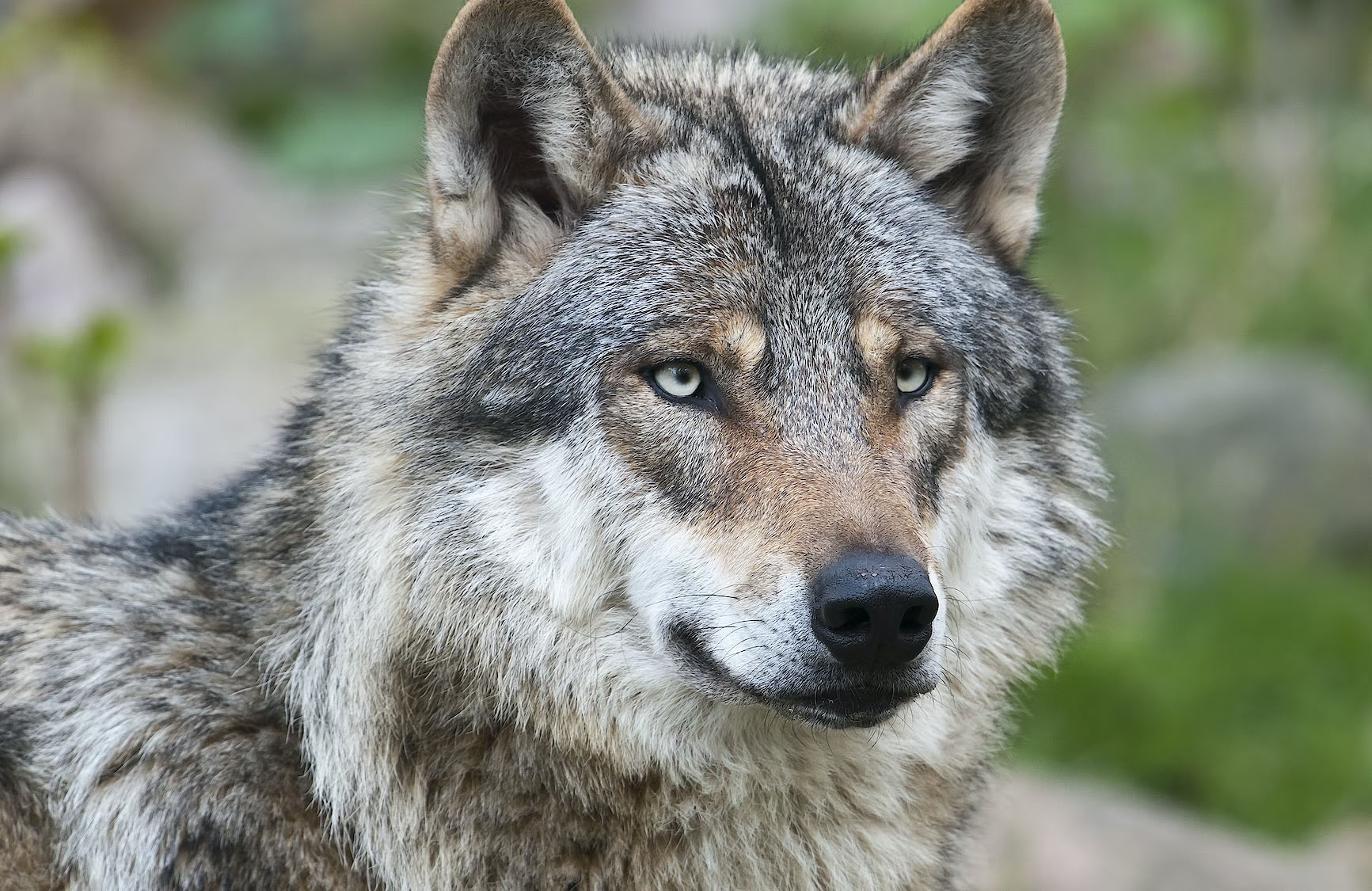
31 interesting facts about Wolves
- 👁️ 1321
Wolves are majestic and powerful creatures that have been revered and feared for centuries. With their distinctive howls, pack mentality and remarkable endurance, wolves have captured the imagination of people around the world. In this article, we’ll look at 31 fascinating facts about wolves.
Facts about wolves:
- Wolves are members of the Canidae family, which also includes dogs, foxes, and jackals.
- The scientific name for the Gray Wolf is Canis lupus.
- Wolves are found in the northern hemisphere, in areas such as North America, Europe, and Asia.
- A single wolf pack can consist of up to 12 individuals.
- Wolves communicate through a variety of vocalizations, including howls, barks, growls, and whines.
- The alpha pair, usually the dominant male and female, lead the pack and make decisions for the group.
- Wolves hunt in packs and can take down prey much larger than themselves, such as moose and bison.
- The wolf population in the lower 48 states of the United States was nearly eradicated by the mid-20th century.
- Today, gray wolves are protected under the Endangered Species Act in the U.S.
- In many cultures, wolves are associated with strength, courage, and loyalty.
- In ancient Roman mythology, the wolf was considered a symbol of Rome and was worshipped as the deity Lupa.
- In Norse mythology, the wolf was associated with the god Odin and was considered a symbol of destruction.
- In Native American folklore, the wolf was often respected for its strength, hunting skills, and wisdom.
- The gray wolf is the largest wild member of the Canidae family, with males weighing between 60 and 110 pounds.
- The average lifespan of a wild wolf is 6 to 8 years.
- Wolves have a keen sense of hearing and can hear prey from over a mile away.
- Wolves have a keen sense of smell and can detect prey from over two miles away.
- Wolves have a keen sense of sight and are able to see well in the dark.
- Wolves have powerful jaws and can crush bones with a bite force of up to 1,200 pounds per square inch.
- Wolves are known to cover great distances in their travels, with some individuals covering over 1,000 miles in a year.
- Wolves form strong social bonds within their packs and will grieve the loss of a pack member.
- Wolves have been observed exhibiting behaviors similar to play, such as chasing and tug-of-war.
- Wolves will often adopt and raise the young of other wolves, even if they are not related.
- In areas where their prey is abundant, wolves will cache surplus food for later consumption.
- Wolves are apex predators and play a crucial role in maintaining balance in the ecosystems they inhabit.
- The largest population of wolves in the world is in Russia, with an estimated 60,000 individuals.
- The smallest species of wolf is the Ethiopian Wolf, which weighs only 40 to 55 pounds.
- Some species of wolves, such as the Red Wolf, are critically endangered and at risk of extinction.
- Wolves can carry a variety of diseases, including rabies, distemper, and Lyme disease.
- Some species of wolves, such as the Arctic Wolf, have adapted to life in extreme environments.
- In the wild, wolves hunt primarily at night, but will also hunt during the day.











